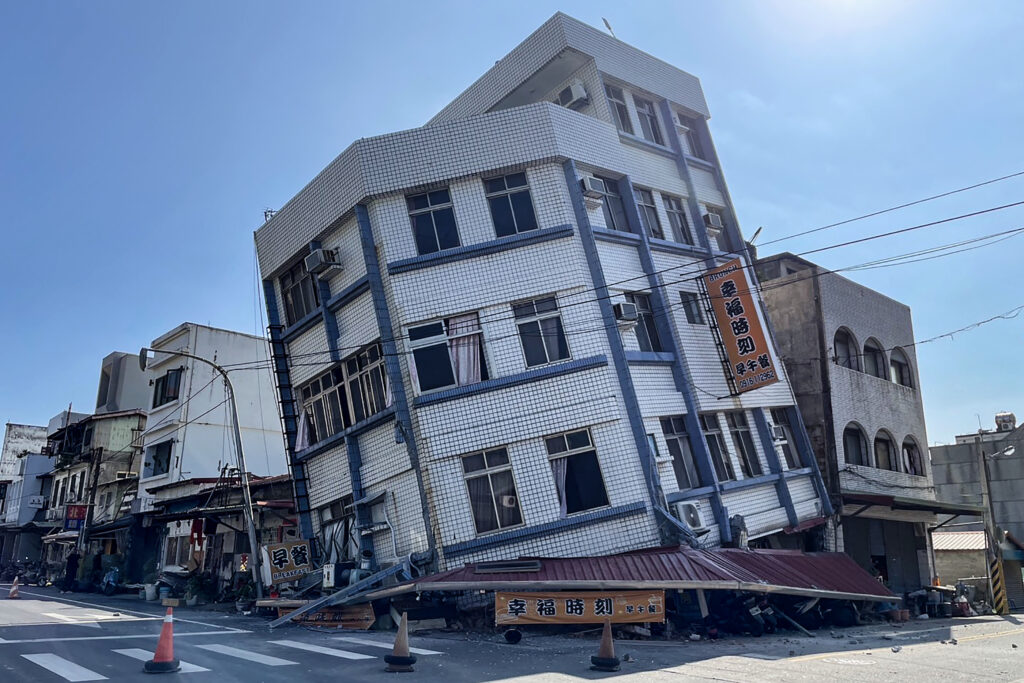A tsunami advisory issued after a magnitude 6.6 earthquake struck southwestern Japan was lifted late Monday, with no major damage reported.

The earthquake, initially estimated at magnitude 6.9, struck at 9:19 p.m. local time in the Miyazaki prefecture on Kyushu Island. Japan’s Meteorological Agency later revised the magnitude to 6.6 and confirmed the quake’s depth at 36 kilometers (22 miles).
A 1-meter (3.2-foot) tsunami was expected, but waters detected at Miyazaki Port reached only 20 centimeters (0.7 feet). Coastal residents were evacuated as a precaution, though the tsunami advisory for Miyazaki and neighboring Kochi prefecture on Shikoku Island was lifted shortly before midnight.
Officials urged residents to stay alert for aftershocks, landslides, and falling objects. Shigeki Aoki of the Meteorological Agency warned, “The risk of aftershocks remains high, particularly over the next two to three days.”
One minor injury was reported in Kyushu, where a man fell down stairs. Trains in Miyazaki Station were temporarily halted, stranding passengers. Despite the strong shaking, no power outages were reported, and nuclear plant monitoring systems in the region indicated no irregularities.
The quake was felt across a wide area of Kyushu and along Japan’s “Ring of Fire,” a seismic hotspot in the Pacific Basin. Experts convened to assess the earthquake’s connection to the Nankai Trough, a zone prone to major seismic activity. No extraordinary measures were deemed necessary, though Japan remains vigilant.
The Nankai Trough, which extends beneath Shikoku and parts of Honshu, has a history of devastating quakes. The most recent significant event in the area was a magnitude 7.1 earthquake in August last year.



